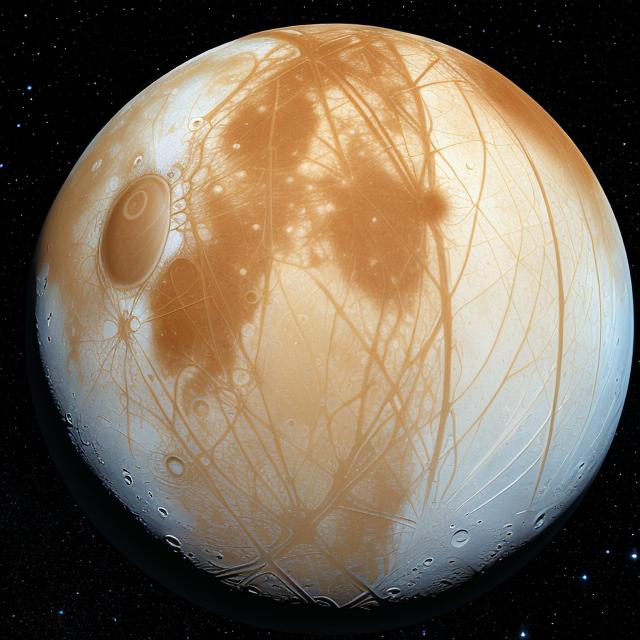|
|
Space Astro
|
Info for exoplanet "Xweng"
| Scientific (actual) data |
|---|
| Name | Kepler-704 b |
| Planet status | Confirmed |
| Radius | 0.233 |
| Orbital period | 3.76182 |
| Discovered | 2016 |
| Updated | 2021-02-05 |
| Tconj | 2455000 |
| Publication | Announced on a website |
| Detection type | Primary Transit |
| Alternate names | 2MASS J18531593+4150136 b, K00852.01, KIC 6422070 b, KOI-852 b, KOI-852.01, WISE J185315.92+415013.7 b |
| Star name | Kepler-704 |
| Right ascension | 283.32° |
| Declination | 41.84° |
| Mag j | 13.955 |
| Mag h | 13.626 |
| Mag k | 13.557 |
| Star distance | 1054 |
| Star metallicity | 0.09 |
| Star mass | 0.97 |
| Star radius | 0.96 |
| Star age | 5.13 |
| Star temperature | 5616 |
| Star alternate names | 2MASS J18531593+4150136, KIC 6422070, KOI-852, WISE J185315.92+415013.7 |
| Wikipedia article | Kepler-704 b |
Back
| |
| Fictional info (?) |
|---|
| Suggested name | Xweng |
| Planet type | Cold planet |
| As seen from Kepler-704, in a frame of reference that rotates with the orbital motion, it appears to rotate only once every two years.
. |
| Atmosphere | Carbon monoxide | 70% |
| Molecular hydrogen | 23% |
| Xenon | 6.2% |
| Atmospheric pressure | 18 bar |
 |
| No known satellites |
| Google search for Xweng |
|
Website by Joachim Michaelis
|
|
|
|